The filter of your furnace is one of the crucial components of your unit. It is responsible for cleaning the air supplied to your home.
So, if you're curious whether your furnace filter needs to be sealed or not, you're in the right place because we researched this topic for you. Here is what we discovered.
Your furnace filter should be sealed. You can use a gasket or magnetic strips to create an airtight seal for your filter media box.
In the following sections, we'll discuss how to seal your furnace filter, its benefits, and the products you can use if you plan to do so.
We'll also discuss the importance of sealing your furnace filter and how to maintain your furnace filters. Keep reading!
Why Is It Important To Seal Your Furnace Filter?
The area around your furnace filter allows the air in that space to completely bypass the filter and flow straight to the furnace blower if your furnace is situated in an unclean or dirty room.
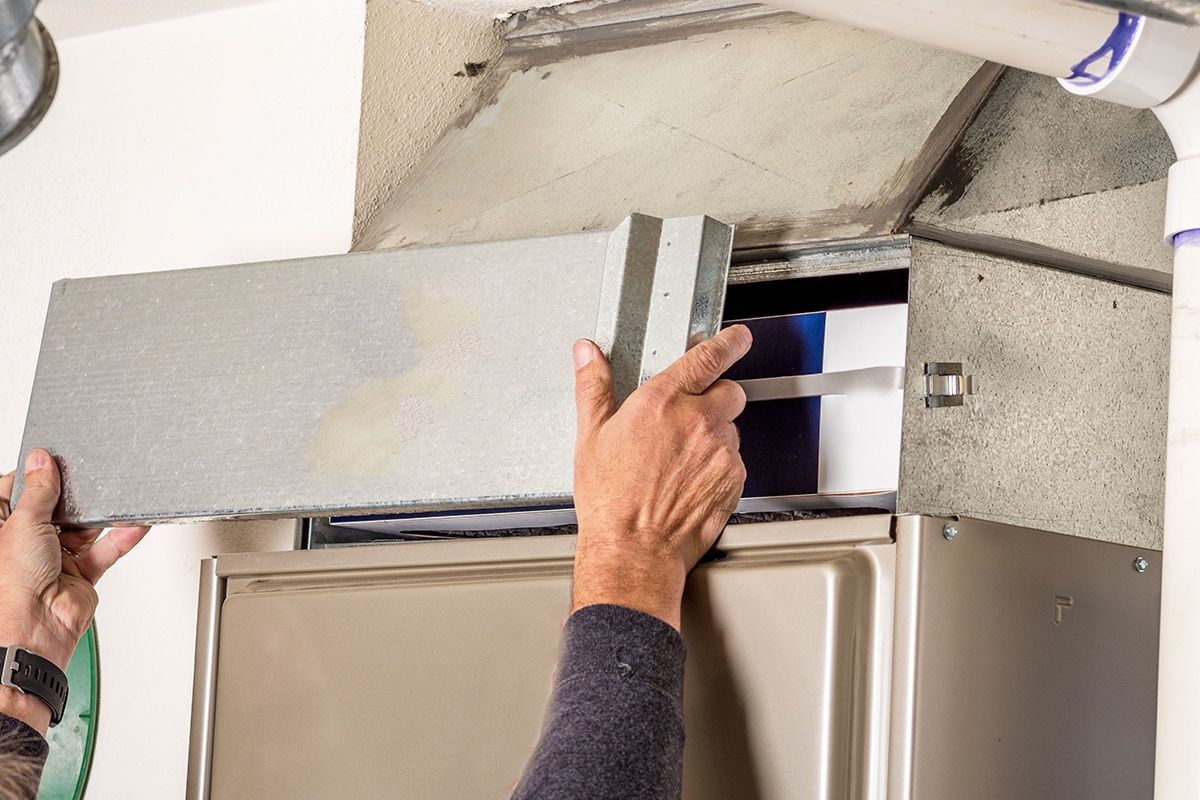
The blower compartment of your furnace will be filled with damp, unclean air.
Without air filtration, all the dust, filth, and allergens can enter your home through the furnace blower. Your furnace will get unclean and less effective as a result.
Your home will appear to be dustier, and dirt in your furnace leads to various issues, including parts that wear out more quickly and break more frequently.
What Are Some Of The Furnace Filter Sealing Products You Can Choose From?
Choosing the best product to seal your furnace filter can be confusing. So, the following are two options for filter seal products:
FilterLock Seal
There are two flexible vinyl pieces that overlap in this product. The magnets in the strips make a connection to the metal ducts surrounding the filter. The filter operates effectively because of the Slot Seal's reusability.
When you use this snug-fitting, secure device, your home air quality stays better and cleaner.
Click here for this product on Amazon.
Air Filter Gaskets
HVAC air filters are sealed in the mounting frame by this product, which stops gas and air leakage in HVAC systems.
High-performance adhesive options are available for single- or double-coated air filter gaskets. Custom die-cut gaskets reduce material waste and are offered kiss-cut in rolls with a simple-to-peel release liner.
Additionally, you can buy air filter gaskets in rolls or spools of single- and double-sided tape that can be cut to any required size.
How To Seal A Furnace Filter With Gap
You can simply ask your HVAC specialist to construct a cover for the furnace filter slot for your heating and cooling system or install a new one.
If you want to seal the furnace slot yourself, you can follow these easy steps using a FilterLock seal:
- Prepare the magnetic strip you will use.
- Mount the bottom piece first and slide it beneath the filter slot before allowing the sides to join.
- Once it's in position, ensure the piece sits squarely throughout the filter slot opening.
- Repeat steps 1-3 for the remaining strip of your sealer.
- Lastly, check if you applied the seal correctly using incense smoke.
You can watch the full process in this video:
The Advantages Of Having Your Duct System [Including Your Furnace Filter Slot]
Insulating and sealing ducts help address common comfort issues, such as overheated or underheated rooms in the summer or winter.
Moreover, up to 20% of a heating and cooling system's efficiency can be lost due to leaky ducts. Duct sealing and insulation improve efficiency, reduce energy costs, and frequently pay for themselves through energy savings.
Additionally, the main benefit of having your furnace filter sealed is the assurance that your furnace will not suck in unwanted air and distribute it throughout your home.
Moreover, it makes you confident that the indoor air circulating your home is high quality.
Which Parts Of Your Furnace Can You Install A Filter? [Including How To Install Them]
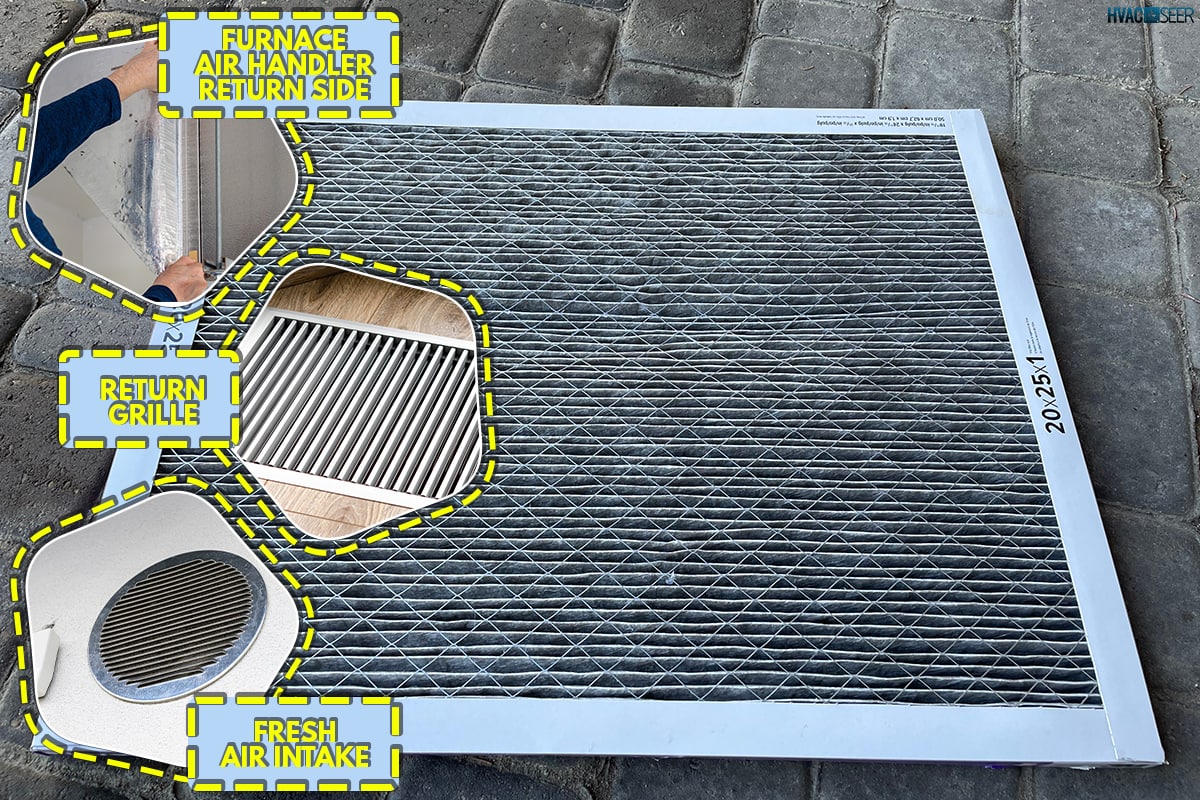
You can typically find furnace filters on the furnace's return side, fresh air intake, and return grille.
Furnace Air Handler Return Side
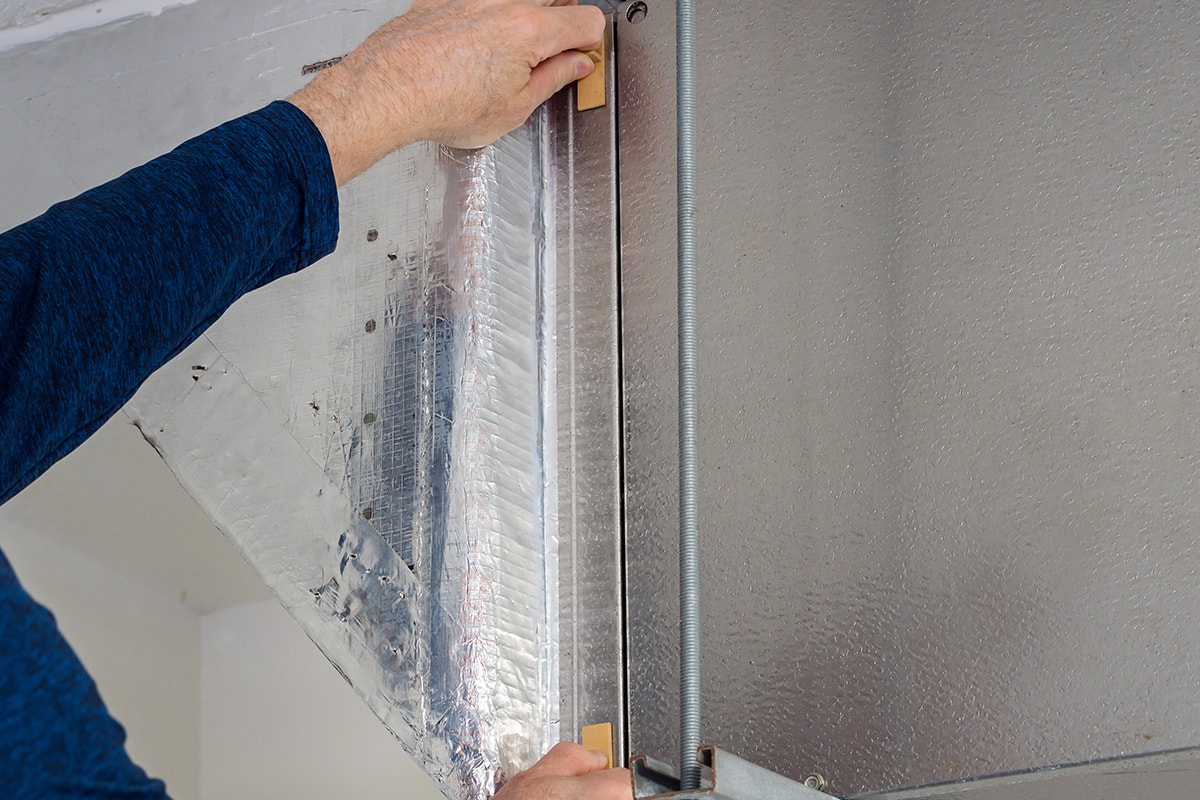
The filters on this side of your HVAC air handler clean the air, safeguard the HVAC motor, and enhance indoor air quality.
If you're wondering how to install filters in your furnace air handler, you can follow these simple steps:
1. Fabricate And Set Up A Filter Media Box
- After successfully creating the filter media box, insert it between the AHU box and the return air grille.
- If you don't want the hassle of fabricating one, you can invest in an air handler with a built-in filter box. You just have to ensure the box is the proper size before installing the filter.
2. Slide The Filter In The Box
- Insert the filter into the slot before covering the opening with the filter access panel cover. For an airtight seal, the panel cover needs to have a gasket.
- Use duct tape or magnetic tape to secure the cover at the edges, adding to the airtightness while making removal of the cover for cleaning or replacement simple.
- The air handler might draw unconditioned and/or undesirable air into the house if the filter cover is not sealed or is left off.
- If the air handler is placed in a garage or another unfavorable location, leakage at the filter cover may lead to poor interior air quality.
3. Finish Up
- Install wiring and condensate plumbing to finish the air handler installation.
- Make sure that no wire or piping is in the way of the filter.
Return Grille
If the location of your furnace is hard-to-reach, put the filters in the return grille. Make sure you can open the grilles from the inside of the house.
Install safety-removable grilles, such as those connected by a hinge along one side, to reduce the possibility that they will inadvertently fall to the ground when you open them.
Click here for this grille on Amazon.
Install filters with MERV 6 or higher ratings corresponding to the HVAC designer's sizing designation. Installing filters with MERV ratings higher than what the HVAC system was built to handle is not recommended.
Higher-than-required MERV filters will result in increased air resistance, which could lead to equipment failure and increased energy consumption.
Click here for this furnace filter on Amazon.
Fresh Air Intake
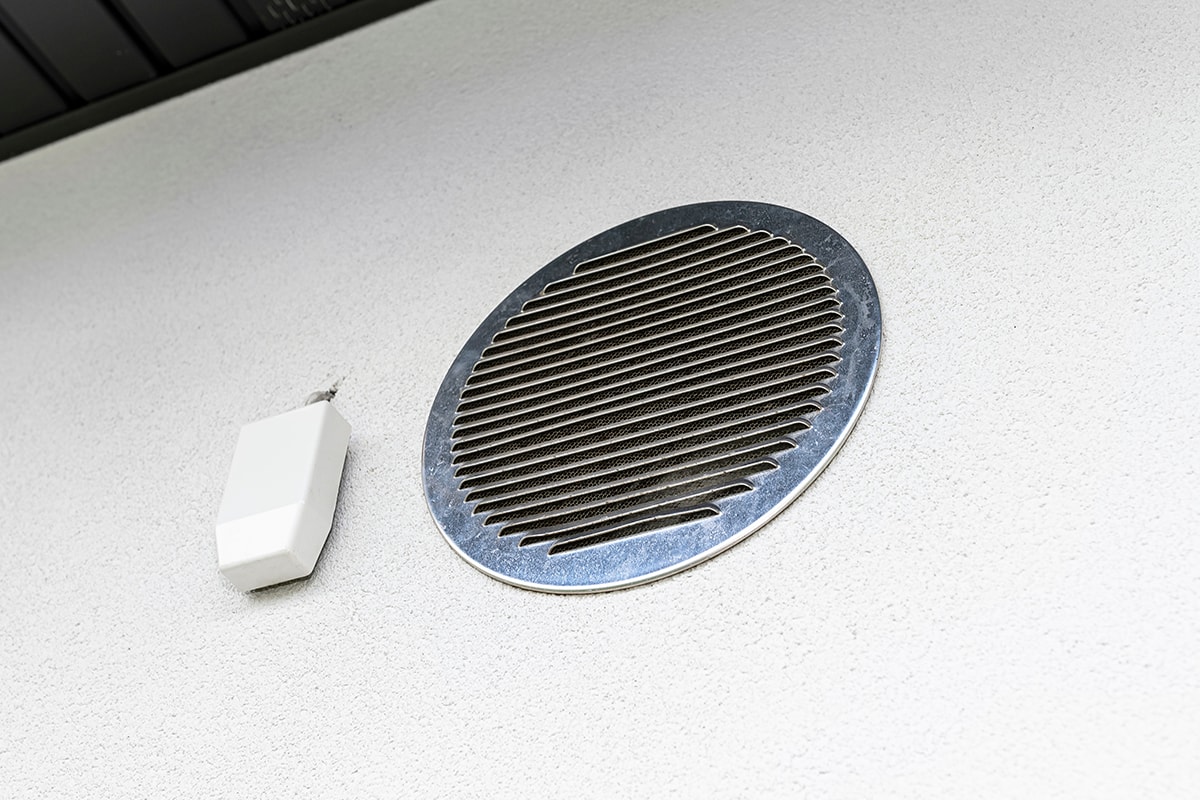
If none of the above-mentioned options doesn't go well with your furnace, you can always choose to install your filter at the air intake. To do this, you can follow this simple guide:
1. Choose A Location And Create A Hole For The Intake
- To make filter maintenance easier for you, locate the outside air intake somewhere far from polluting sources, like a porch ceiling or an eave.
- Cut a hole for the air intake that is the same size as the grille and filter that will be mounted. Because of the pressure drop in this outside air intake duct, airflow resistance should be considered when choosing a filter size and MERV rating.
2. SetUp The Register Boot To Which You Will Connect The Duct
- Most register boxes have a minimum depth of four inches. Thanks to this spacing, the duct terminal won't come into contact with the filter.
- In addition to ensuring that the entire filter's surface area is utilized, allowing several inches of space between the filter and the duct termination helps reduce the airflow velocity through the filter, improving filter performance and lengthening filter life.
3. Install The Grille And Filter
- Install a hinged grille outside the fresh air intake entrance. Then, install a wire mesh bug and bird screen.
- Close the grille after setting the filter on the inner side.
Tips For Maintaining Your Furnace Filters
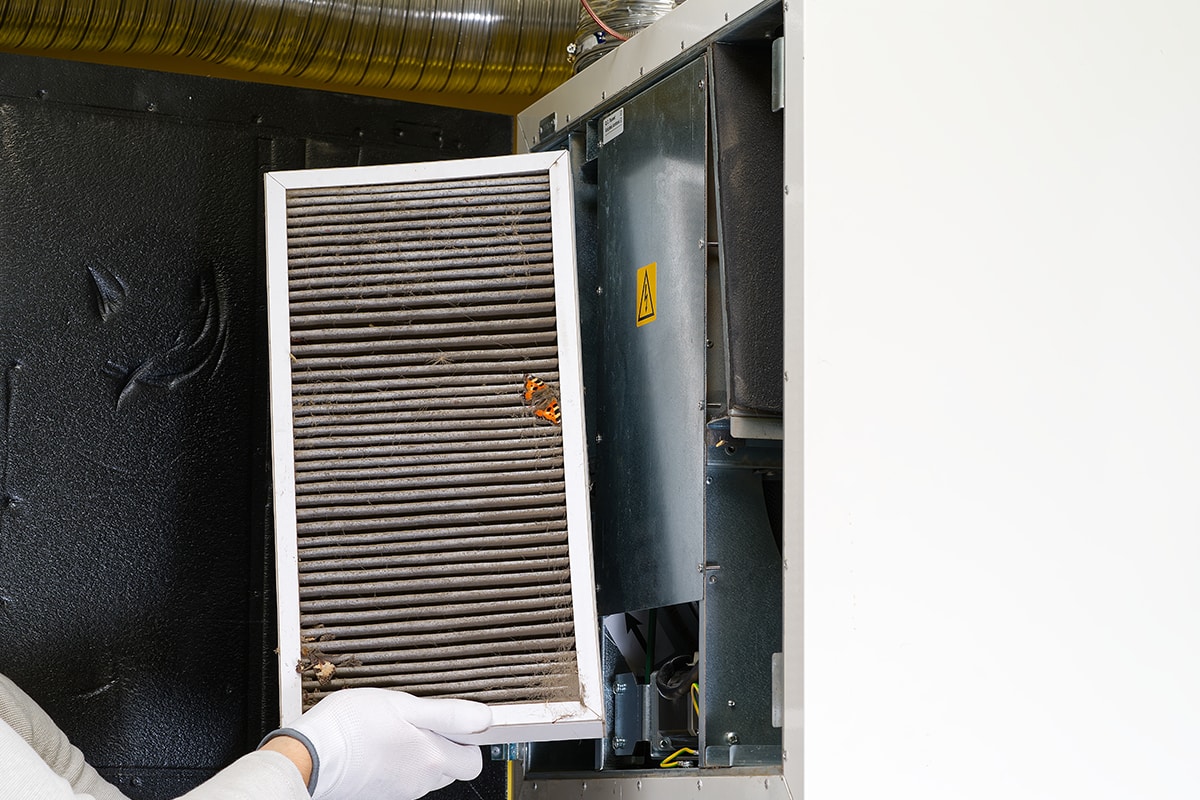
The longevity and efficiency of your furnace depend on routine furnace filter maintenance. To distribute warm air throughout your home, the furnace must work harder when the filter becomes clogged with dust and debris.
Your furnace will experience a shorter lifespan due to the extra strain caused by running it in overdrive. You will eventually need to replace your furnace sooner rather than later.
Here are some furnace filter maintenance tips you should remember:
Routinely Clean Your Filters
You can normally do this every three months, but you can do it more frequently if necessary, such as if you live in a dusty location, have dogs that shed, or use your furnace fan constantly.
Don't Attempt To Clean A Disposable Filter
The components of this filter type degrade over time and are not intended for reusing or cleaning.
Make Sure Your Filter Fits Snugly
It is crucial that your filter fits in as tightly as possible since air follows the path of least resistance. It must extend to the end of the filter bed, and there must not be any obvious gaps on either the furnace or plenum side.
Use The Right MERV Rating You Need
A MERV rating of between 5 and 8 is enough for residential use. If you plan to use filters with MERV ratings higher than the recommended numbers, check with your HVAC specialist so they can guide you on the implications of doing so.
Let Your Fan Run Continuously
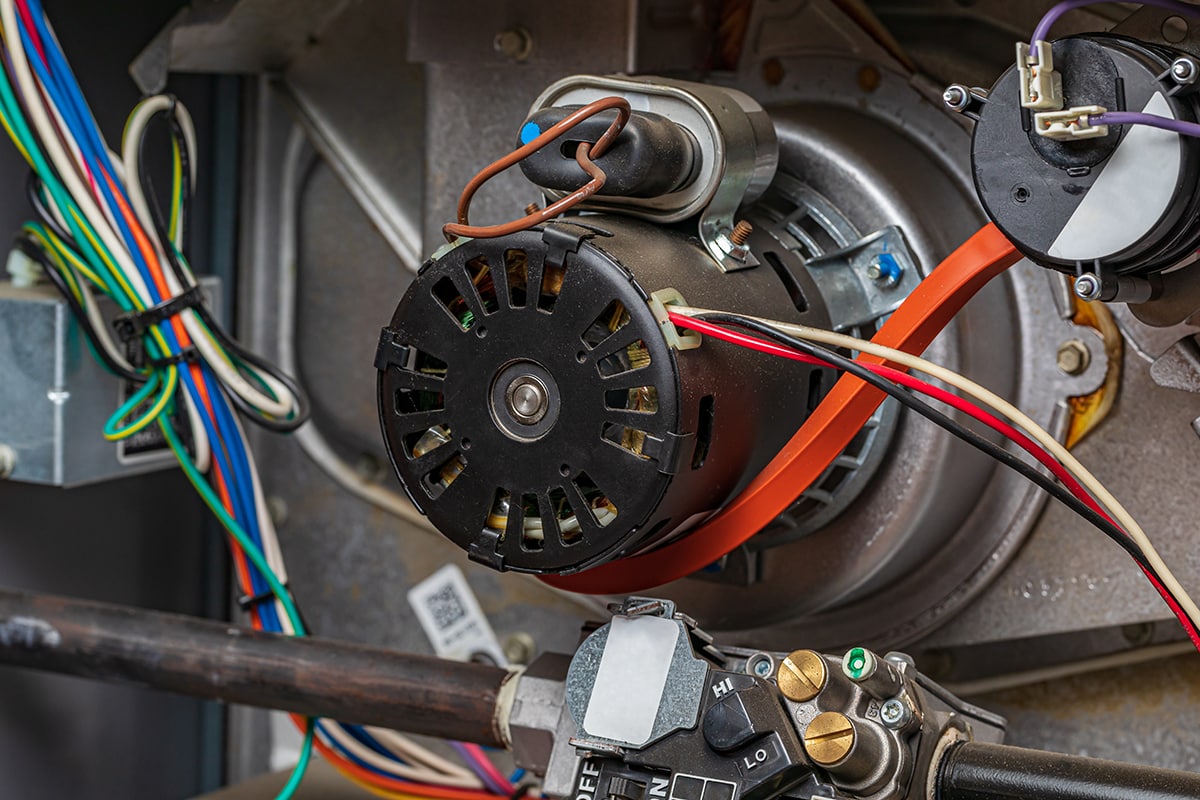
Run your fan continually, so air constantly flows and promotes continuous filtration. But if you do this, check your filter frequently since it fills up more quickly because of its nonstop operation.
Final Thoughts
You should seal your furnace filter. Not only because it improves your furnace efficiency and ensures that your equipment will not break down in the long run, but it also gives you the peace of mind that the air circulating your home is not contaminated.
Before you leave, you can check out these related articles on this page:



